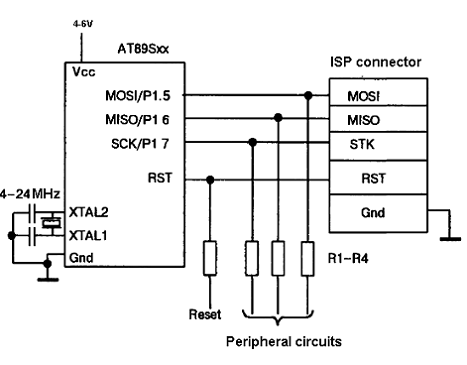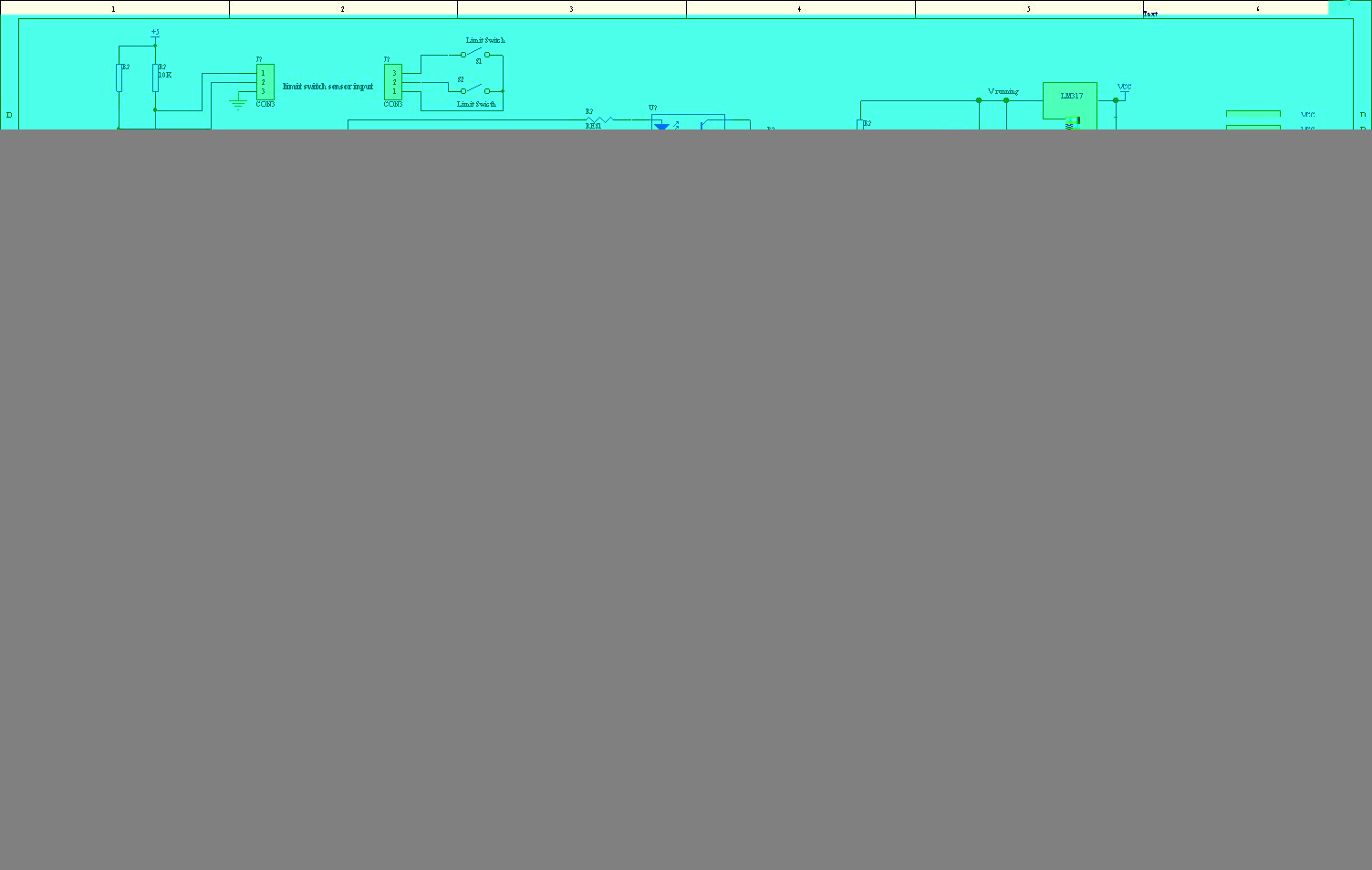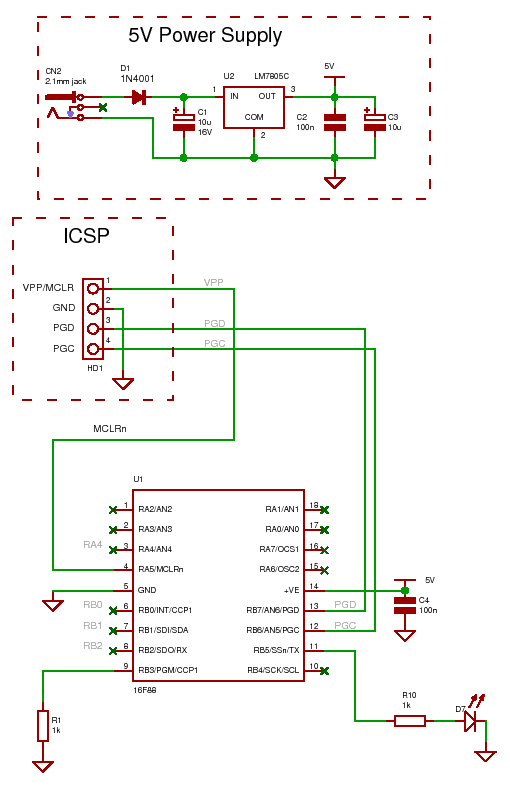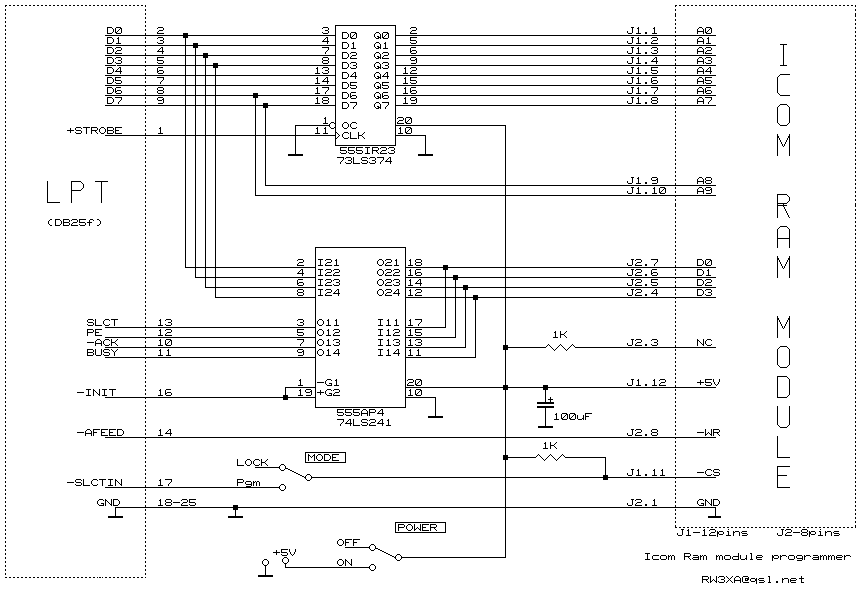
programming propeller ic
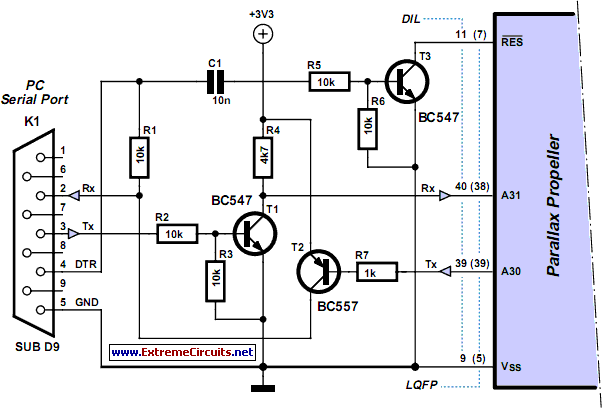
Parallax, known for its successful Basic Stamp integrated circuit (IC), has recently launched the Propeller: a new microcontroller that features a unique design. It incorporates eight 32-bit processors, referred to as COGs in Propeller terminology, within a single 40-pin package. This architecture enables true simultaneous multiprocessing, and the sophisticated internal structure of the device facilitates the implementation of video and signal processing applications. The Propeller can be programmed using assembly language or the high-level Spin language. Both the processor and the programming tools were developed entirely in-house by Parallax, with the hardware designed from the ground up, starting at the transistor level. This approach was intended to circumvent potential patent disputes with other manufacturers. The outcome is impressive, requiring software developers to adapt their thinking. As is standard with modern microprocessors, the Propeller features a straightforward serial programming interface. Parallax provides a developer's toolkit with a modern USB port for programming, but a simpler alternative using the familiar RS232 port is also feasible for those who prefer it. It is important to note that the Propeller operates with a supply voltage of 3.3 volts.
The Propeller microcontroller is designed to leverage its eight COGs to handle multiple tasks concurrently, making it particularly suitable for applications that require real-time processing, such as robotics, audio/video signal processing, and interactive systems. Each COG operates independently, with its own memory space and I/O capabilities, allowing for efficient resource allocation and management.
The programming environment includes the Spin language, which is designed to simplify the development process by providing high-level abstractions while still allowing low-level access for performance optimization. This duality enables developers to choose the appropriate level of complexity based on their specific application requirements.
The Propeller's serial programming interface is user-friendly, allowing for easy updates and debugging. The USB programming tool provided by Parallax enhances the user experience by offering a modern connection method, while the RS232 option caters to legacy systems and users who may prefer serial communication protocols.
In terms of power requirements, operating at 3.3 volts allows the Propeller to be integrated into low-power applications, making it suitable for battery-operated devices. The efficient design minimizes power consumption while maximizing performance, aligning with current trends in electronics where energy efficiency is paramount.
Overall, the Propeller microcontroller represents a significant advancement in microcontroller technology, combining a robust architecture with flexible programming options, making it an excellent choice for developers looking to create innovative electronic solutions.Parallax, well known for its successful Basic Stamp IC, has recently introduced the Propeller: a new microcontroller with a certain difference. It packs no less than eight 32-bit processors (referred to as COGs in Propeller jargon) into a single package with only 40 pins.
That design takes genuine simultaneous multiprocessing possible, and the sop histicated internal structure of the device makes it relatively easy to implement video and signal-processing applications. The Propeller can be programmed in assembly language or the high-level Spin language. The processor and the programming tools were developed entirely in-house by Parallax, with the hardware being designed from scratch starting at the transistor level.
The basic idea behind that was to avoid becoming involved in all sorts of patent disputes with other manufacturers. The result is astounding, and for software developers it certainly requires a change in mental gears.
As is customary with modern microprocessors, the Propeller has a simple serial programming interface. The developer`s toolkit from Parallax has a modern USB port for that purpose, but a reasonably simple alternative (illustrated here) is also possible for anyone who prefers to work with the familiar RS232 port.
Don`t forget that the Propeller works with a 3. 3-V supply voltage. 🔗 External reference
The Propeller microcontroller is designed to leverage its eight COGs to handle multiple tasks concurrently, making it particularly suitable for applications that require real-time processing, such as robotics, audio/video signal processing, and interactive systems. Each COG operates independently, with its own memory space and I/O capabilities, allowing for efficient resource allocation and management.
The programming environment includes the Spin language, which is designed to simplify the development process by providing high-level abstractions while still allowing low-level access for performance optimization. This duality enables developers to choose the appropriate level of complexity based on their specific application requirements.
The Propeller's serial programming interface is user-friendly, allowing for easy updates and debugging. The USB programming tool provided by Parallax enhances the user experience by offering a modern connection method, while the RS232 option caters to legacy systems and users who may prefer serial communication protocols.
In terms of power requirements, operating at 3.3 volts allows the Propeller to be integrated into low-power applications, making it suitable for battery-operated devices. The efficient design minimizes power consumption while maximizing performance, aligning with current trends in electronics where energy efficiency is paramount.
Overall, the Propeller microcontroller represents a significant advancement in microcontroller technology, combining a robust architecture with flexible programming options, making it an excellent choice for developers looking to create innovative electronic solutions.Parallax, well known for its successful Basic Stamp IC, has recently introduced the Propeller: a new microcontroller with a certain difference. It packs no less than eight 32-bit processors (referred to as COGs in Propeller jargon) into a single package with only 40 pins.
That design takes genuine simultaneous multiprocessing possible, and the sop histicated internal structure of the device makes it relatively easy to implement video and signal-processing applications. The Propeller can be programmed in assembly language or the high-level Spin language. The processor and the programming tools were developed entirely in-house by Parallax, with the hardware being designed from scratch starting at the transistor level.
The basic idea behind that was to avoid becoming involved in all sorts of patent disputes with other manufacturers. The result is astounding, and for software developers it certainly requires a change in mental gears.
As is customary with modern microprocessors, the Propeller has a simple serial programming interface. The developer`s toolkit from Parallax has a modern USB port for that purpose, but a reasonably simple alternative (illustrated here) is also possible for anyone who prefers to work with the familiar RS232 port.
Don`t forget that the Propeller works with a 3. 3-V supply voltage. 🔗 External reference
